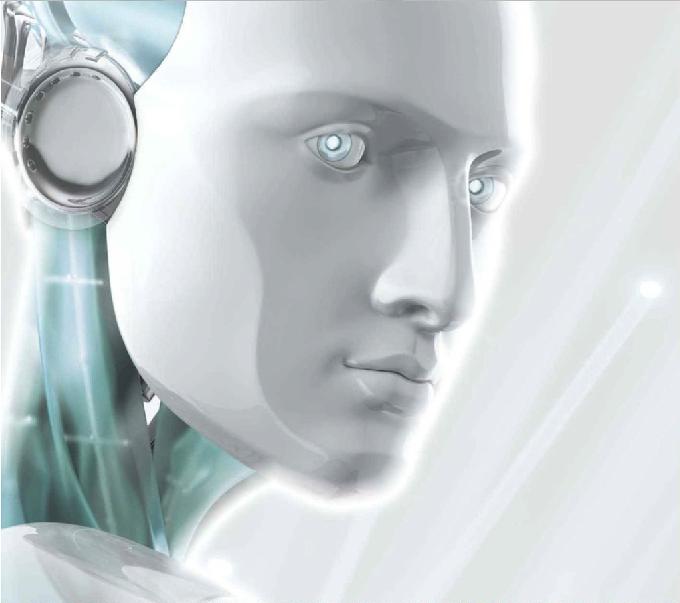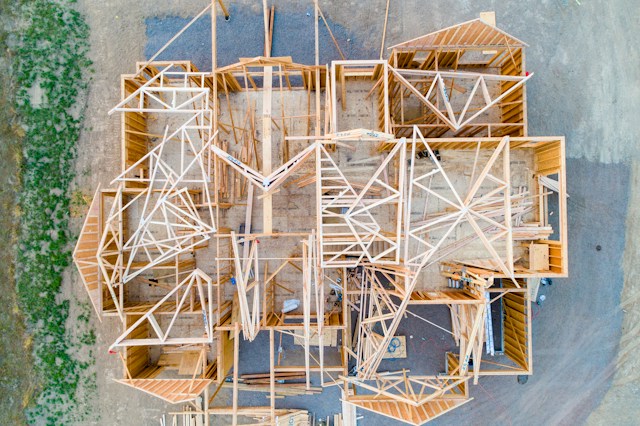In 1956 the term “artificial intelligence”, or AI, was coined by American computer and cognitive scientist John McCarthy and was based on the simple idea that human thoughts and actions could be standardized, mechanized and repeated, usually at much greater speed, by computerized machines. Over its half century of development AI has, in many ways, been perfected in the manufacturing sector. Huge multinational companies with offices in every corner of the globe regularly equip factories with money saving and efficiency improving robotic machines.
The International Federation of Robotics latest ranking of countries leading in the number of multipurpose robots per 10,000 employees in the manufacturing industry shows Korea at 350; Japan, 339; Germany, 261; Italy, 159; Sweden, 157; Denmark, 145; and US, 135. China and India don’t make the top 15 as they have more human resources than all other countries combined.
Countries that are early adopters of robots use them in nearly every industry: appliances, automotive, aerospace, consumer goods, logistics, food, pharmaceuticals, medical, foundry and plastics. And robots have many applications including materials handling, machine loading, assembly, packaging, palletizing, welding, bending, joining, and surface finishing.
While their application to manufacturing has been a success, making robots do things uniquely human has been somewhat of a disappointment. To date, most robots seem clumsy, unaesthetic, and unable to multitask like humans. But, according to the “universality of computation” anything that a physical object can do can be emulated by a program on a computer if given enough time and memory.
Recent advances in computers and sensory equipment are now making it possible for the creation of human like robots or “humanoids”. Robots are becoming more lifelike. The effort to create humanoids now involves specialists from all across the spectrum of scientific and medical disciplines including biology, physiology, and psychology. Making humanoids lifelike requires scientists and doctors who best know the human organism.
Corporate and university labs worldwide are wholeheartedly engaged in the development of “humanoid robots” that look and act like humans. Due to labor shortages and demographic issues and driven by technological innovation the humanoid revolution is now in full swing.
US Defense Advanced Research Projects Agency (DARPA) recently selected Boston Dynamics to be the sole source to develop and build the humanoid robots that software teams will use in a competition called the DARPA Robotics Challenge (DRC) which will run for 27 months and began in April 2012.
The Department of Defense would like to develop a force that is capable of responding to humanitarian and disaster relief. The goal is to extend aid to victims of natural or man-made disasters, perform rescues, and perform various operations that sometimes prove too dangerous for humans. The humanoids must be capable of undertaking complex tasks in human engineered environments that have been damaged, for example, by an earthquake.
The requirements are that the humanoids have “supervised autonomy” in perception and decision making, mobility in walking, running or driving vehicles, dexterity, strength, and endurance. The ability to use tools commonly found in human environments is also required.
Finally, it is expected that humanoids will be semi-autonomous in that they are able to operate and make decisions when not under the direct supervision of an “operator.” During normal use humans will be “inside” the robots helping them work, make decisions, etc. in much the same way operators now control manless drones from thousands of miles away.
Other notable humanoid robots include Honda’s Advanced Step in Innovative Mobility (ASIMO), HPR-4 a female humanoid robot created by the Japanese National Institute of Advanced Industrial Science and Technology, and NAO a programmable humanoid developed by France’s Aldebaran Robotics.
Given the effort and resources now being expended on various fronts, humanoids will soon become a regular part of modern life. In fact, Japan expects that by 2025 it will have 4 million humanoids in its work force performing jobs like receptionist, patient sitter, golf caddy, hazardous waste materials handler, and more.







